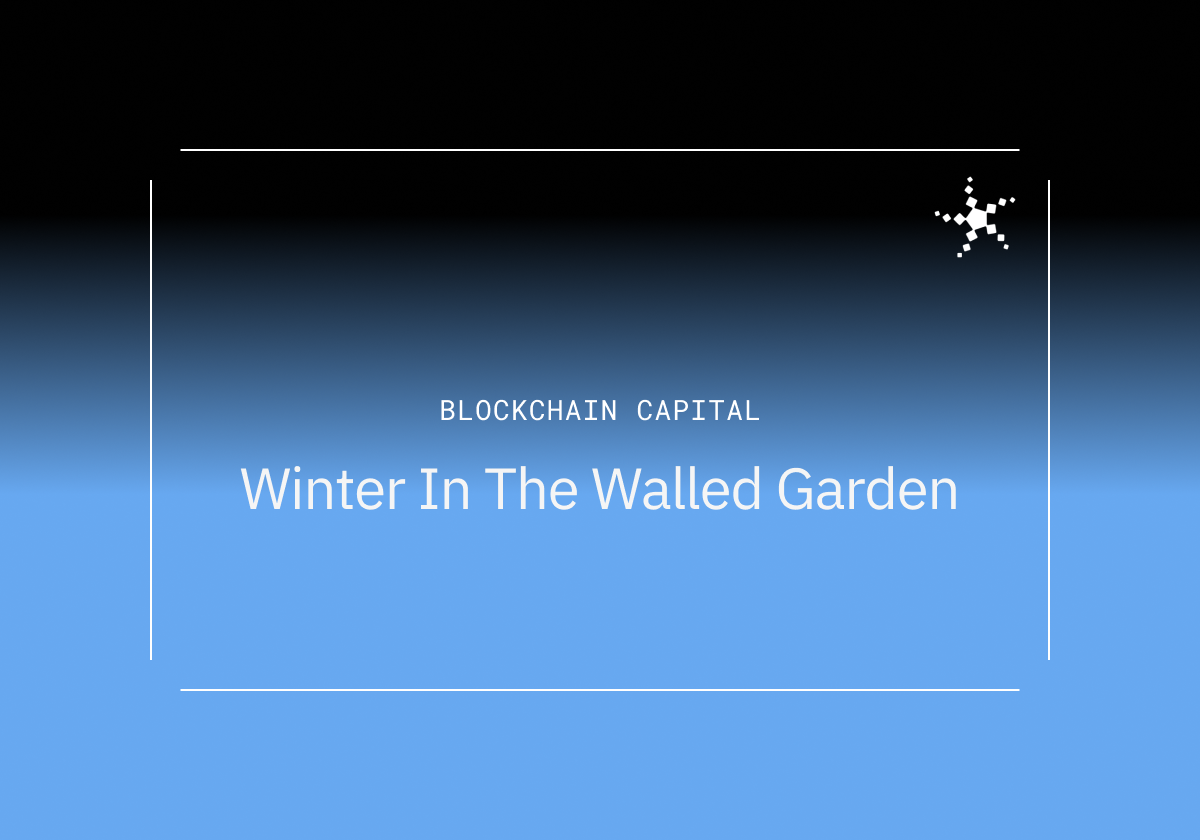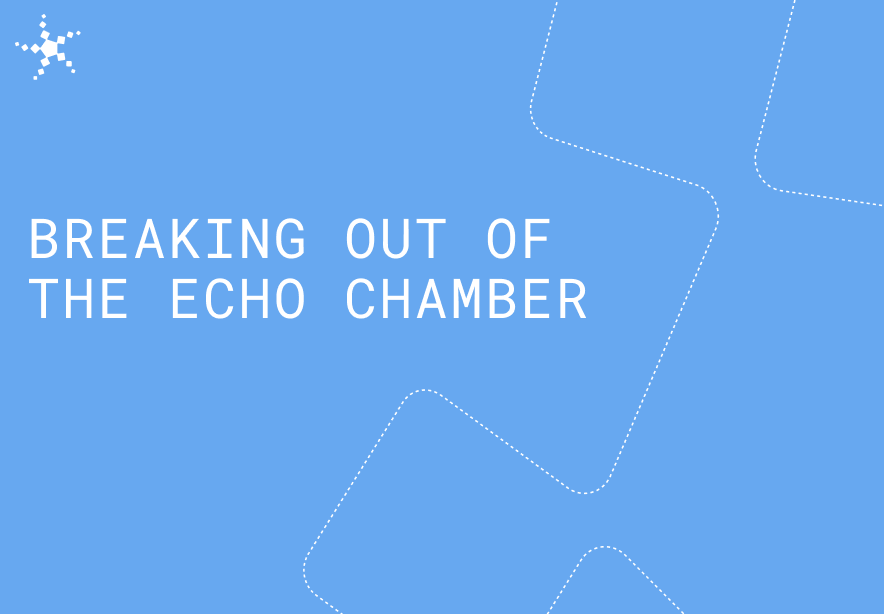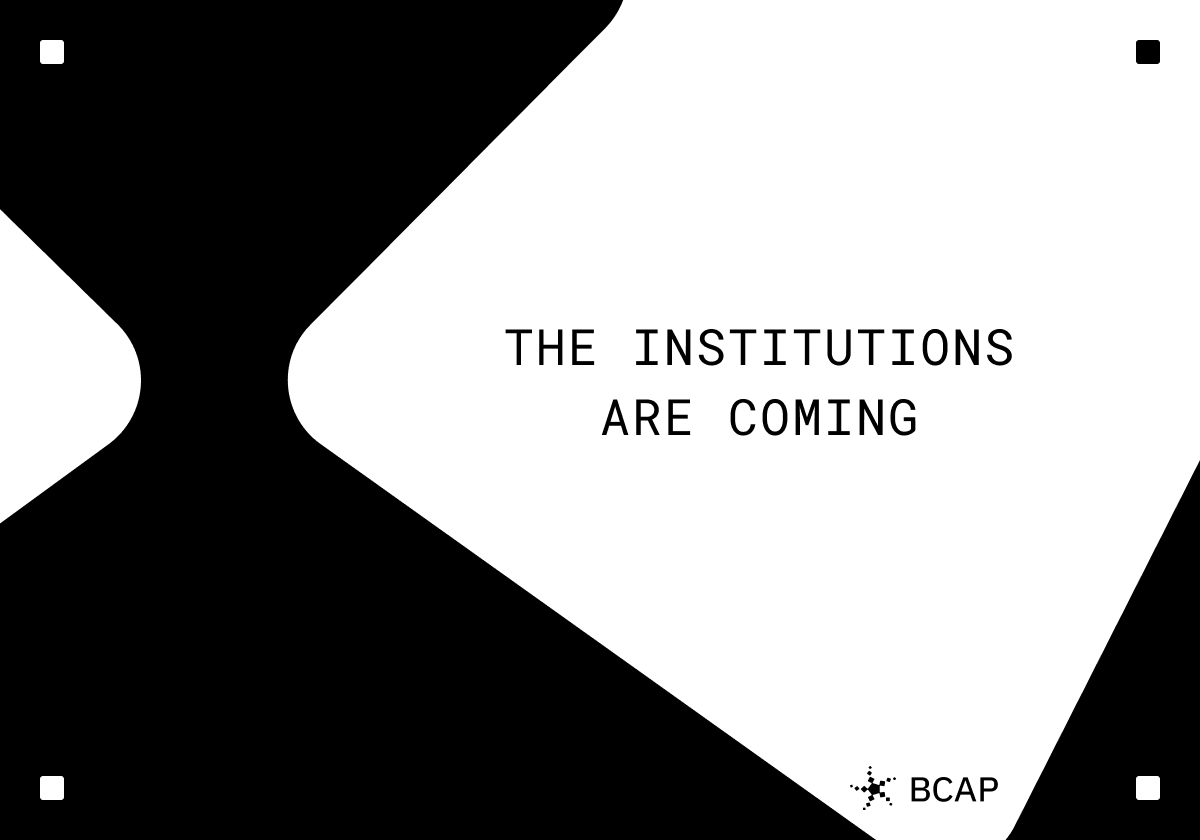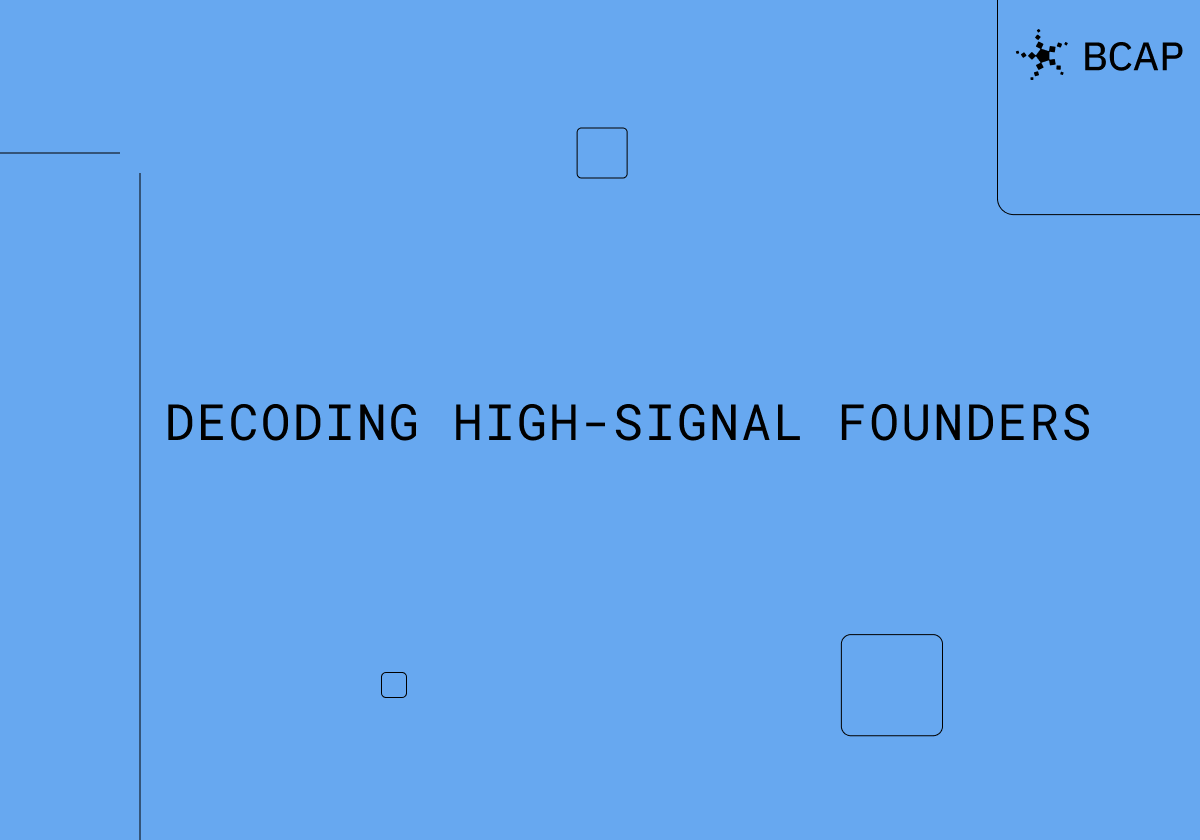
Crypto’s Consumer Era: A Retro & What’s Ahead
What’s happened
Nearly two years ago, the world woke up to this strange thing we called Non-Fungible Tokens or NFTs. Quickly, somewhat haphazardly, we had an overnight wave of consumer use cases stood up by hundreds of influencers, millions of dollars in venture funding, and a massive influx of builders.

It was a formative time. The world saw crypto with rejuvenation – one characterized by putting ownership back in the hands of users and giving creatives new sources of income. We saw digital and generative art receive the laude and spotlight it never quite had in mainstream media. Discourse shifted towards the more human side of what this technology could enable.
But like any massive rise, a turning of the tide quickly followed. Security and user experience proved it wasn’t in a place for the masses. Blocks were quickly congested, creating high barriers to entry, particularly on Ethereum. We saw a certain type of hysteria amongst traders that felt short-lived and, sometimes, comedic. The principles and ideas were there, execution was not.
Reflecting back on these two years, we’ve observed and learned some lessons through investing, reading, and working with builders. We’re sharing a few learnings on what didn’t work, what worked, and what we’re excited about moving forward.
What Didn’t Work
Speculation-first Communities
PFP or “profile picture NFTs” live and breathe by their communities. What started off as a means to bring together groups of people across the internet quickly devolved into instigated pump-and-dump communities. Rather than thinking about long term sustainability and value alignment, the market jumped from new NFT to new NFT, chasing the next shiny thing. Moving forward, we’re excited to see how communities can orient themselves around a particular set of beliefs to create meaningful value, not dissimilar to the most passionate fan followings we’ve seen on existing social media.
GM, WAGMI, and UpOnly
We wanted a community movement of positivity and vibes. This unfortunately devolved into a slogan that perpetuated a disingenuous belief that Web3 solves everything. This industry has always been fun, young and vibrant. It’s one of the most unique aspects of building in crypto. But this comes at the detriment of asking hard questions and not getting swept up in mass narratives.
DAOs in their current form
The potential of DAOs, or decentralized autonomous organizations, was described in a hundred different ways. DAOs were a new frontier for communities – and quickly, anything and everything became a “DAO”. Frankly, this experimentation was healthy and exciting. However, it’s clear that not every organization is best suited for a decentralized autonomous structure. Governance (a long-debated topic in crypto) was not solved through rapid experimentation of consumer DAOs. We believe the human elements of a DAO are much more challenging to define, and will really shape the narrative moving forward.
What Worked
NFTs are here to stay
NFTs aren’t going away. In their first real foray, we saw pfp NFTs as the main application. However, millions of people in the world now know what an NFT is. They understand the ability to own bits. They understand that NFTs can be a vehicle for almost anything – a gaming asset, a financial contract, a data container. The possibilities are limitless, and NFTs will not be uninvented.
Big brands entered
NFT creators have earned more than 1.9B in royalty revenues. The world’s biggest brands are launching NFT products – names like Starbucks, Reddit, Nike, Adidas, Gucci, Louis Vuitton, Tiffany & Co, and more. Through the bear market, companies like Amazon, Google, and eBay continue to delve deeper into NFTs to imagine what the consumer world could look like in five years. In particular, marketing and consumer acquisition in a digital world is changing – especially with the death of the cookie. NFTs will likely play a role in what this market will look like for the years to come.
Technical creativity
We saw new technical creativity and innovation in the market. New NFT design mechanisms like dynamic NFTs, redeemable NFTs, and the phygital concept are exploring how ecommerce may evolve. We experimented with creator royalties – largely a social contract that is enforced by marketplaces. In time, I expect creator royalties (in some form) and secondary market sales to become the lifeblood of healthy NFT markets. Coming out of this period, we have ideas to go test, verify and execute against.
What We’re Excited About
For the past five years transaction speed, cost, and ease of use are all top of mind for end users. With advancements in L2s, zk-technology, and security, we’ve made significant gains in infrastructure. Blockspace and throughput will soon allow for high volume use cases like gaming and social media. Now is the moment, we’ll need to start experimenting with new consumer behaviors that are uniquely enabled by crypto. Time spent online is the most finite resource for any user. Wallets will become a portal not just to financial holdings, but to purchasing behavior and user preferences. In web2, the rise of cookies led to a world where your every move was tracked. With cookies going away, on-chain activity may present a new frontier for advertising, marketing and building. The internet will form around us in a way that doesn’t infringe on our user privacy and personal sovereignty – and we need people like you to go and build it.
NFT-Enabled Creation
Generating content on the internet has never been easier. Millions of creators launch new music, art, and performances into the ether daily. NFTs as a data container provide a new mechanism for creating immutable digital content. With the right structures in place, NFTs can help monetize IP, co-create with incentives (i.e., via tokens) and allow creators the ability to have a direct relationship with their fans. IP has historically been an opaque market, with large owners holding and distributing the rights selectively. Digitally grown intellectual property, such as the Nouns project, allows collaboration to shift to a more distributed, community owned endeavor. There’s a whole host of ideas around membership, reputation and more to explore with NFT-enabled content.
On-Chain Games
The world loves to play games, with nearly half of all adults globally playing games in some capacity. Blockchains provide an open global database upon which games can be built and distributed across. On-chain games allow for users to own in-game assets, with a universal source of truth (i.e., a blockchain) and limited platform risk. These games are likely to benefit from these inherent characteristics to create a richer player experience where ownership takes center stage. We’ve seen a record-breaking amount of growth across gaming – comprising nearly 50% of all on-chain dapp activity.
Social-first Wallets
We live in a world of targeted ads, broken identities across hundreds of accounts, and limited privacy. Being social online is moving away from posting updates to the masses, and shifting towards gamified experiences and connecting with smaller groups of people. Using crypto as an enabler, we can see social go-to-market strategies become the path to onboarding billions of people to crypto. Wallets, as the new online profile, will allow users to influence the way they interact with the internet through interoperability of data and preferences. Whether it’s through a game or a fun new application, a new nexus of your digital identity can be found within these wallets and experiences.
Oftentimes, crypto feels like it’s prioritizing short-term wins over long-term growth. In reality, the builders have been working diligently to ensure that the coming infrastructure will support consumer use cases at scale. There is still a great deal of uncertainty and evolution to come. But moving forward, we’re optimistic that crypto building blocks will enable better digital identity, privacy preservation, and fundamentally more aligned and open consumer network.
Disclosures: Blockchain Capital is an investor in several of the protocols mentioned above. The views expressed in each blog post may be the personal views of each author and do not necessarily reflect the views of Blockchain Capital and its affiliates. Neither Blockchain Capital nor the author guarantees the accuracy, adequacy or completeness of information provided in each blog post. No representation or warranty, express or implied, is made or given by or on behalf of Blockchain Capital, the author or any other person as to the accuracy and completeness or fairness of the information contained in any blog post and no responsibility or liability is accepted for any such information. Nothing contained in each blog post constitutes investment, regulatory, legal, compliance or tax or other advice nor is it to be relied on in making an investment decision. Blog posts should not be viewed as current or past recommendations or solicitations of an offer to buy or sell any securities or to adopt any investment strategy. The blog posts may contain projections or other forward-looking statements, which are based on beliefs, assumptions and expectations that may change as a result of many possible events or factors. If a change occurs, actual results may vary materially from those expressed in the forward-looking statements. All forward-looking statements speak only as of the date such statements are made, and neither Blockchain Capital nor each author assumes any duty to update such statements except as required by law. To the extent that any documents, presentations or other materials produced, published or otherwise distributed by Blockchain Capital are referenced in any blog post, such materials should be read with careful attention to any disclaimers provided therein.
No Results Found.








.jpg)



.png)
.png)
